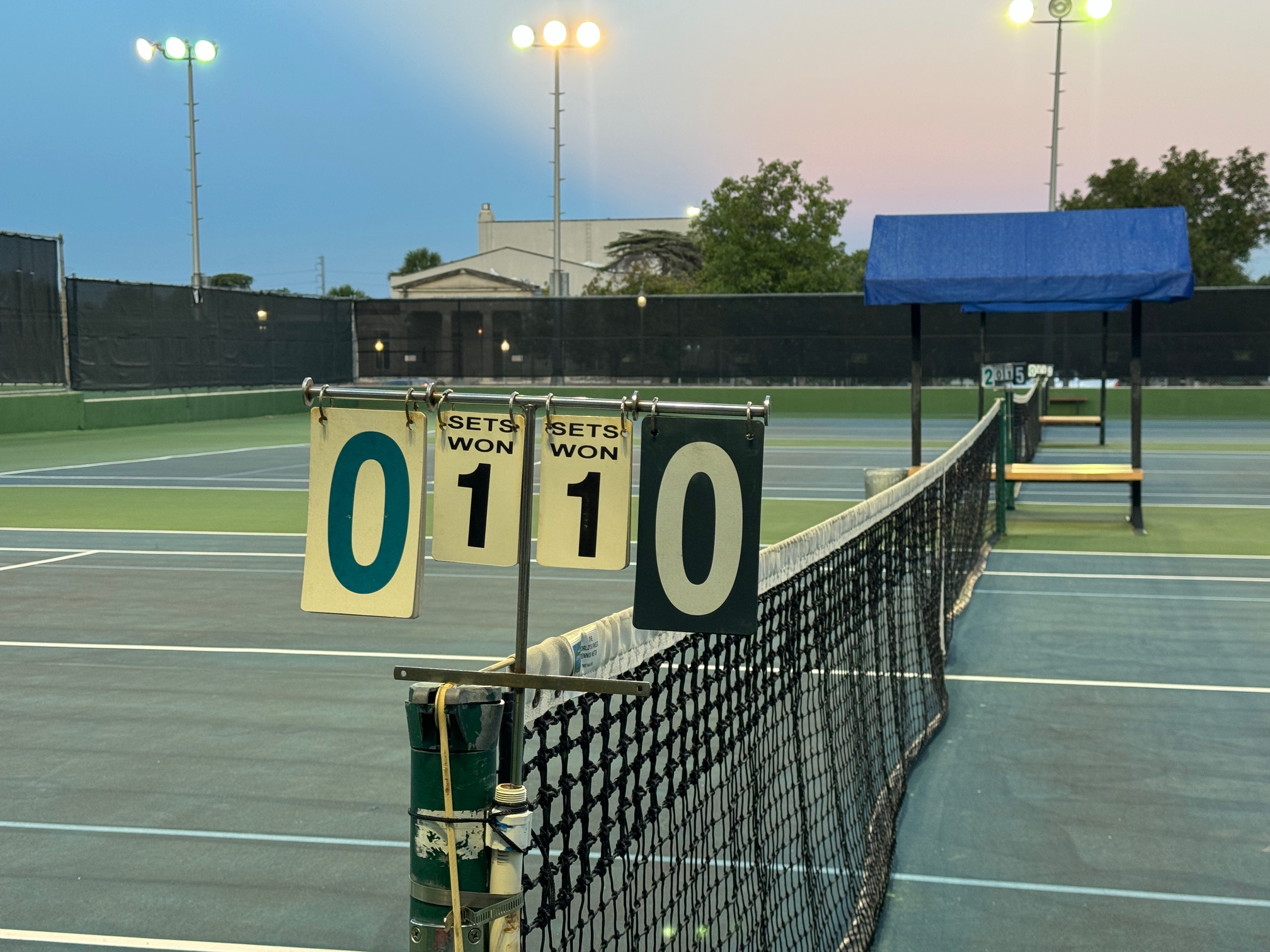As was mentioned yesterday, the professional players that were inflicted with the sudden death tie-breaker implemented at the US Open uniformly hated it. Initial protests centered on elimination of the tie-breaker all together, but shifted over time to modifications of the format in order to make it more palatable from a competition perspective.
The original tie-breaker developed by Jimmy Van Alen was known as the “9-point” tie-breaker, because victory was purely determined by the first player to reach 5 points regardless of the margin of victory. Thus a maximum of 9 points would be played. This “Sudden Death” version of the tie-breaker was used for five years at the US Open, 1 year at Wimbledon, and on the Virginia Slims professional women’s circuit.
Rod Laver was one of the architects of an early variation which was known as the “Philadelphia Version” as it was first debuted at an indoor even in… wait for it… Philadelphia. That variant consisted of the first to seven points and included the deuce concept requiring a two point edge for victory. Van Alen derisively referred to the Philadelphia Version as “lingering death.”
At the time, that variant was frequently referred to as the “12-point” tie breaker, even though that nomenclature makes no sense whatsoever. This variant could be completed in as few as 7 points or continue considerably beyond 12 points due to the requirement to win by two.
The modern tie breaker adopted by the ITF in 1971 was a variation of the Philadelphia version. I found one source that credits the development of the system to Peter Johns, who was the secretary of the Lawn Tennis Association in collaboration with Australian Bob Howe who was a prominent doubles player of that time. This is basically the Philadelphia tiebreak augmented with changes of end after every 6 points to maintain fairness. This equalizes competition for the cases where there is an advantage of playing from one side, such as would arise from sun or wind conditions.
It should be noted that when tie-breakers are invoked and the exact format used is at the discretion of tournament directors. This is why the four major professional tournaments currently all have their own unique variation tie-break implementation for the deciding set.
- “1970: The Tiebreaker is Introduced“, Steve Tignor, Tennis.com, February 19, 2015.
- “The history of the tie-break, ” tennishead blog, October 24, 2018, viewed February 8, 2020.



